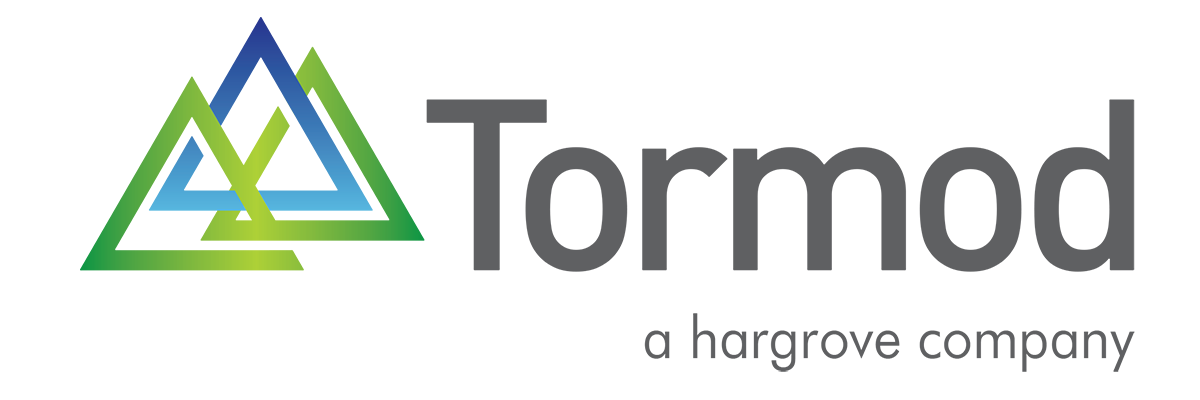When you buy a new car, you receive an owner’s manual that provides you with information about maintaining your car, troubleshooting issues, and what to do if your car breaks down.
Operators of the equipment in your plant require the same type of collective information to sustain the integrity of the asset and handle emergency situations.
Whether you are upgrading your systems or have entry-level personnel who require training, you must have updated procedures that inform the operators of how to approach any given situation.
What is Procedure Development?
Procedure development is instructional documentation provided to plant leadership that gives plant personnel the information needed to operate and maintain the asset during its lifecycle.
The Occupational Safety and Health Administration (OSHA) – under sections 29 CFR 1910.119 (Process Safety Management of Highly Hazardous Chemicals) and 40 CFR Part 68 (Risk Management Program for Chemical Accidental Release Prevention) – require systems containing hazardous chemicals to have procedures based on process safety management.
The main reason for these written procedures is to create a safe working environment for your plant personnel and community, reducing the risk of injury and damaged equipment.
Mechanical Maintenance Procedures
To maintain the integrity of the mechanical equipment at your site, you need maintenance procedures that not only inform your staff but also comply with OSHA guidelines.
Your mechanical maintenance procedures should include the following:
-
- Preventive maintenance (PM) schedule – a step-by-step guide on how to perform the maintenance on the asset
- Job instructions
- Critical spare parts list based on components in the field
- Frequencies of maintenance tasks for the entire system
- Safety precautions
- Equipment descriptions
Standard Operating Procedures (SOP) Procedures
For every asset at your manufacturing facility, your process safety information should be collected and organized in the form of a standard operating procedure (SOP), which is required by OSHA. Your SOP should include system overviews about startup, normal operations, emergency shutdowns, startups following a turnaround, operating limits, and safety systems.
Developing the Right Procedures
Regardless of a greenfield or brownfield project, collaboration among the operations team, design team, and a process safety management coordinator, is critical in developing your procedure documentation.
After completing a process hazard analysis, a team of qualified individuals – field operator, DCS operator, or electrician – should meet with engineers to discuss the system and provide solutions and specific instructions for any potential issues.
Working with Industry Specialists
Whether you are developing new procedures or updating current ones, Tormod’s Team of multi-disciplined engineers, including three Procedure Professionals Association (PPA) Certified writers, will use best practices to ensure your documentation meets industry standards and recommendations.
Create a safe working environment for your plant personnel by teaming with Tormod. Contact us today.


